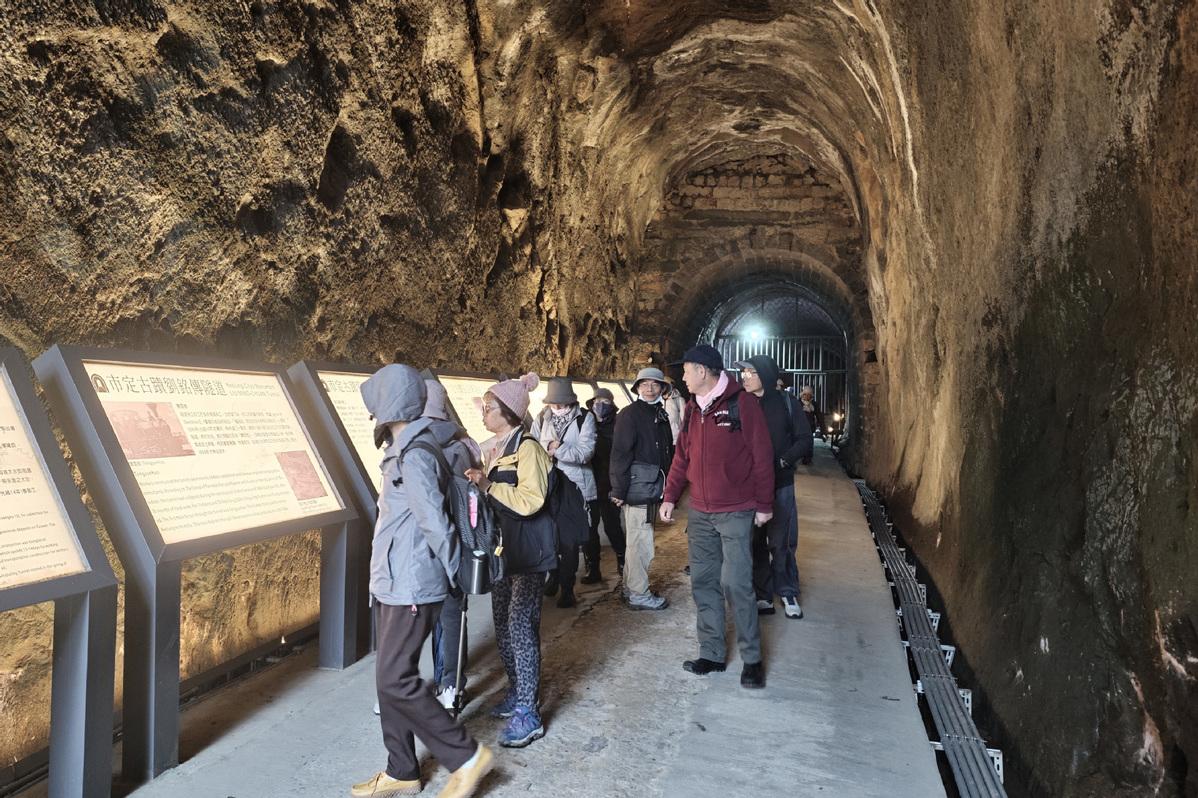Balance in underground water use, replenishment is govt goal


The central government aims to achieve a balance between usage and replenishment of underground water in the Beijing-Tianjin-Hebei region by 2035 to better protect water resources, a senior official said on Friday, the 27th World Water Day.
Wei Shanzhong, vice-minister of the Ministry of Water Resources, told a news conference organized by the State Council Information Office that the plan is to first reduce underground water use in the region by about 2.5 billion cubic meters annually by 2022.
This would allow two-thirds of the region to strike a balance between use and replenishment of underground water by that time, he said.
A guideline on how to treat the problem was issued by four ministries earlier this month, covering 11 cities. Measures include directing more water from the Yellow River and the eastern route of the South-to-North Water Diversion Project to North China to help address the area’s water scarcity.
North China has suffered from water shortages for a long time, according to Wei. About 12 percent of the country’s population lives in North China but the area possesses just 4 percent of the nation’s water resources.
To meet social and economic development demand, extraction of underground water in North China grew from 20 billion cubic meters annually in the 1970s to 36.3 billion cubic meters in 2017.
“To date, 180 billion cubic meters of underground water have been excessively exploited in North China, posing threats to the ecology and environment,” he said.
Overuse can cause a drop in the level of the ground, and also lead some areas to extract water from deeper, unhealthy sources, he said.
Yang Derui, head of the ministry's Department of Water Resources Management, said that the South-to-North Water Diversion Project has helped address the area’s water scarcity in the north.
“For example, the middle route of the project helped reduce groundwater usage by 1.5 billion cubic meters per year and a once dry area across 46 square kilometers has been reinvigorated, with surface water reappearing,” he said.
- 14 injured in off-road racing accident in East China
- China to beef up personal data protection in internet applications
- Film-like lining in school uniforms prompts investigation in Inner Mongolia
- High-temperature geothermal resource discovered in Shandong
- Earthquake strikes Guizhou county early morning
- A continued commitment to the people



































